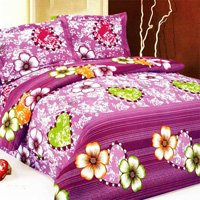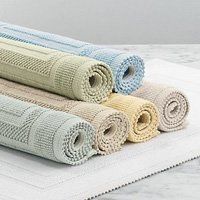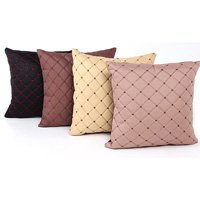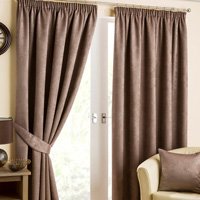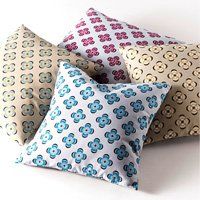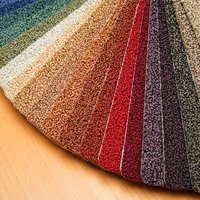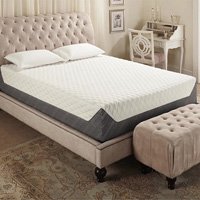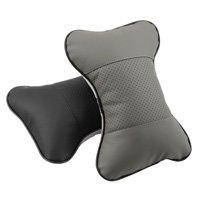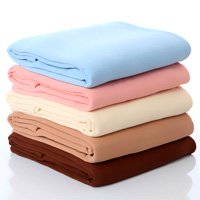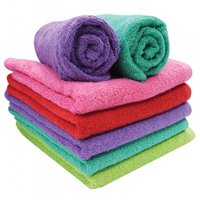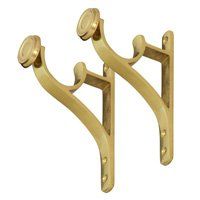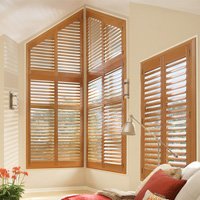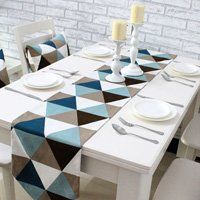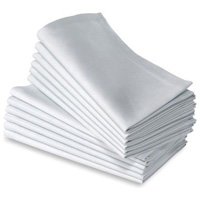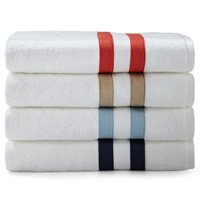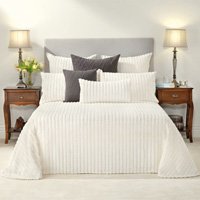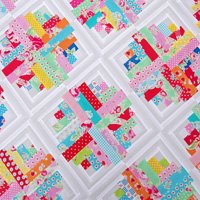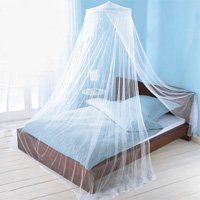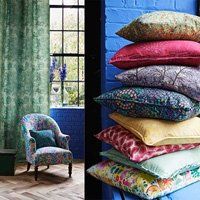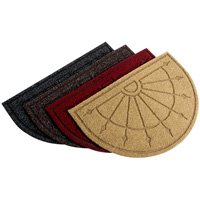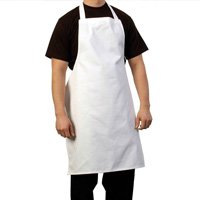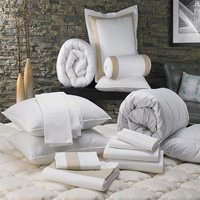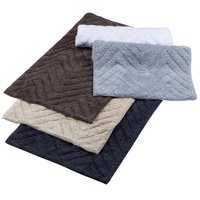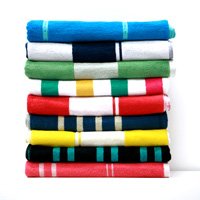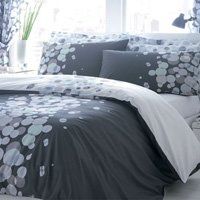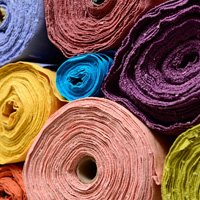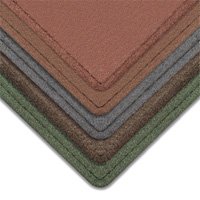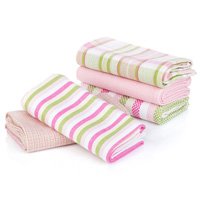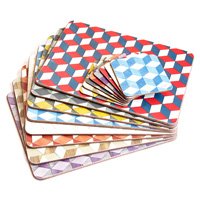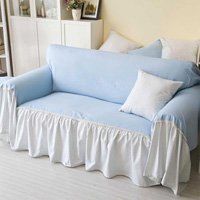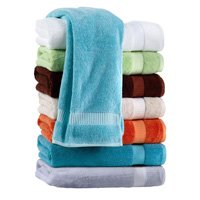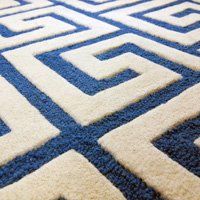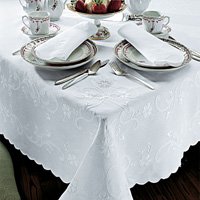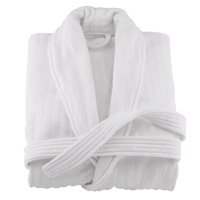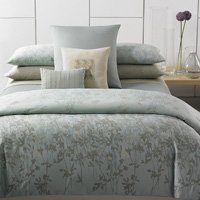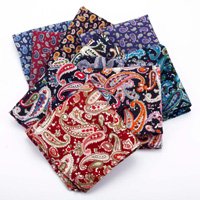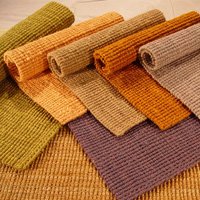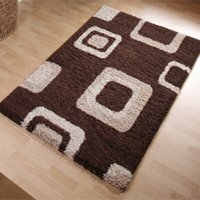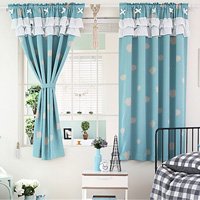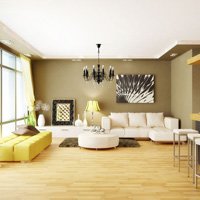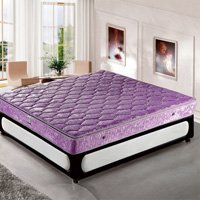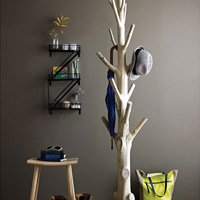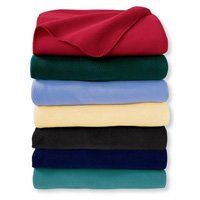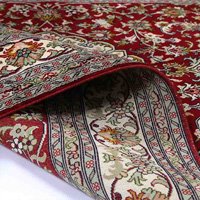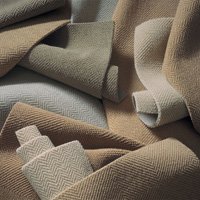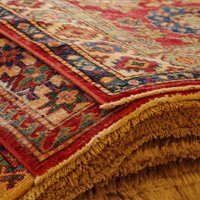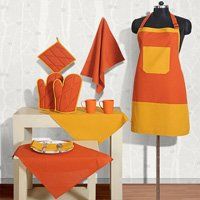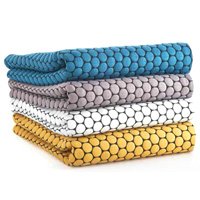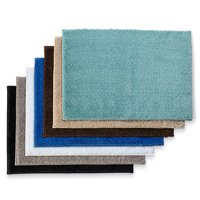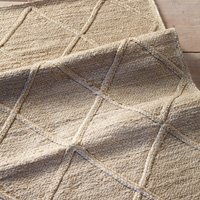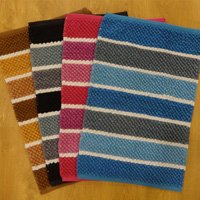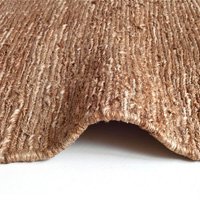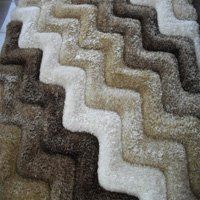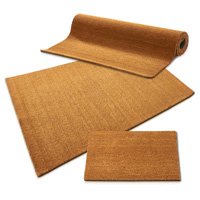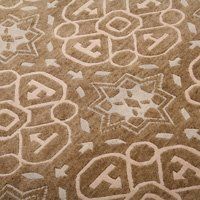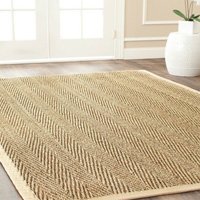Home Textiles & Furnishings
Product Showcase
Recently Added Products
Home Textiles & Furnishings: Overview, Types & Benefits
Introduction
Home textiles, which can include both textiles and clothing, are used to beautify the interior of a home and its furnishings. Besides adding a touch of style to our living spaces, textiles are well-known for the comfort they provide. In layman's terms, home textiles are any articles of clothing or fabric used in the decoration of a private residence. Home textiles are generally associated with the interior of a dwelling. Various techniques, including weaving, crocheting, knitting, and pressing fibers together, are used to create home textiles. It is up to the manufacturer, though, to decide which approach to use based on market conditions for household textiles.
What is Home Furnishing in Textile?
You might not know exactly what kind of cloth to search for while shopping for upholstery. There are a wide variety of upholstery fabrics from which to choose. Different variations of engineered textiles & newer furniture styles are always being developed, and these developments are mirrored in the fabric business. Most people only consider the frame of a piece of furniture, not the fabric used to cover it. Both are made to work well together, though, so that a certain aesthetic can be realized within a room.
Types of Textiles For Home Furniture Items
1. Leather
Leather, which is typically crafted from natural materials like animal skin, is widely utilized in commercial applications, such as in hotels, resorts, and corporate office spaces. Only a few decades ago, leather was a luxury good only found in the mansions of the wealthy. However, now, with the advent of much more affordable substitutes such as Faux leather and Rexene, anyone can afford to furnish their home with leather furniture pieces like sofas, sections, armchairs, accent chairs, and recliners. Tufting is a common technique used on leather Home Textiles & Furnishings to give it a timeless yet modern look and feel. Diamond tufting, chesterfield tufting, channel tufting, button tufting, and timeless box tufting are all common tufting techniques.
2. Cotton
Furniture made from cotton is the most common type. Cotton is often used in a variety of furniture, including cotton seats, cotton-upholstered sofas, cotton-cushioned outdoor chairs, and cotton-clad barstools.While cotton upholstery is typically less expensive than leather, high-end varieties like Egyptian cotton can be fairly pricey. Cotton upholstery is common in Indian homes, and some of the pieces, like this one, are truly works of art. Besides its low cost, a cotton is an excellent option for a number of additional reasons. First, cotton is breathable and doesn't make you sweat because it's so permeable. Second, it fares better than leather in abrasion testing and can withstand tremendous tension. Finally, it is a fabric that readily absorbs dye and incorporates the color into its weaves.
3. Wool
Wool, another animal derivative, is often used for luxury and premium furniture, such as that found in fine dining establishments and 3-, 4-, and 5-star hotels, but is otherwise not a common material for fitted furniture. Many different kinds of wool are utilized in the manufacturing of furniture all around the world. To demonstrate the sophistication of woolen chairs, here is an example of a traditional armchair covered in the material.
4. Polyester Fabric
Thanks to manufacturing improvements, it is now a reliable and affordable option for even the most frugal of households. Use caution is warranted since couches damaged by direct contact with hot objects, such as a popcorn bowl, can sometimes retain evidence of the incident, including burn imprints and stains.
5. Silk
Because of its exorbitant price, silk is rarely used to make furniture, and those that are made are usually reserved for the most opulent coffee tables, sofas, and bedheads.
6. Linen
Linen would be at the top of the list for most functional fabrics if it weren't so prone to wrinkles. It has a high abrasion rating, is quite inexpensive, and provides exceptional sitting comfort (even though the absolute rating is on the lower side).
7. Synthetic Fabrics
Synthetic furniture fabrics are designed to last longer and be easier to clean than their natural counterparts, all while being cheaper to produce. Man-made fibers for synthetic fabrics are created by the synthesis of chemicals and/or natural ingredients. Fabrics used in daily life are woven from these synthetic fibers. Polyester, olefin, nylon, acrylic, and rayon are among the examples.
Home Textiles Market Size & Share Analysis Report
1. Market Size
Foreign brands have taken notice of the booming Indian home textiles sector and have either set up shop there directly or formed joint ventures to do so. This is a result of the increasing purchasing power of middle and upper class Indian consumers, who are raising their expectations and thereby driving up the prices of luxury home textiles.
Increases in organized retail, population expansion, income growth, and growth in end-use industries like housing, hotels, and healthcare all contribute to the success of India's home textiles industry. Nearly seven percent of all household textiles traded worldwide originate in India.
The United States is the largest market for home textiles, and India is a major supplier there. India's domestic textile exports have seen growth in recent years thanks to the country's focused efforts to raise product quality, introduce novel products through research and development initiatives, and include other preferential value-added features.
India's exports to the United States and the United Kingdom account for around two-thirds of the country's total. There has been a rise in Delhi, India's importance as a production and export hub for home textiles.
2. Trends
Due to the increasing need for these items and the enlightenment of the general public, the home textiles industry has become rather successful. Secondly, since the fast-fashion industry has expanded into the home goods sector, consumers have become more style-conscious when it comes to their furnishings. Due to rising consumer awareness of the importance of a high-quality lifestyle, home fashion has emerged as a distinct industry in its own right.
In order to meet the rising demand, a growing number of stores are branching out into the home textiles industry.
3. Competitive Analysis
Global powerhouses in the home textiles industry in India are profiled in this paper. Few of the top players currently hold the lion's share of the market. On the other hand, disposable money is what really drives demand. Large corporations stay competitive by buying in bulk, expanding their product lines, and using innovative retail and marketing strategies. The depth of their product offerings and their dedication to customer service is how small businesses compete in a specialized industry.
4. Developments
This patent is further validation of the high caliber of research and development being conducted by Trident. Himatsingka Seide announced to the stock exchanges in March 2019 that it has signed a licensing deal with the Iconix Brand Group to use the Royal Velvet trademark.
5. Key Players
Dicitex, Evezary , Arvind Limited, Franco manufacturing, GHCL limited, Beyond Textiles, and more.
Various Benefits of Home Textiles
In order to get a good night's sleep, smart textiles have enabled the development of smart solutions, such as beddings and mattresses that adjust their temperature according on the individual's climate. The phase shifting material in the bedding fiber has thermoregulating properties.
Benefits:
- 1. You may enjoy your time outdoors without worrying about glare.
- 2. guests' attention with its vibrant hues and unique patterns.
- 3. keeps an eye on the sun's movement to prevent fading of interior artwork
- 4. Fabrics for the home might help you beat the heat by creating a more comfortable environment.
- 5. Lights should not be overpriced because they are merely a reflection of the destination.
- 6. Keep the light on so you can see while you sleep
- 7. Prevent dust from settling on furniture.
- 8. The stretchiness makes it comfortable to wear.
- 9. If you're looking for durable household linens, go no further than cotton.
- 10. It'll keep your skin safe from allergens that commonly affect it.
Textiles for use as home decor have substantial growth potential, as the Indian market is only getting started. No time in recent history presents a better opportunity to enter this field. Enroll in a course on fashion design to get ready for a job in the textile industry. Share it with a friend who enjoys working with textiles for the house.
FAQs: Home Textiles & Furnishings:
Q. What Comes Under Home Textiles?
Ans. The home textiles include:
- 1. Cushion
- 2. Carpets & Rugs
- 3. Pillows and pillow Covers
- 4. Blankets
- 5. Bedspreads
- 6. Sleeping bags
- 7. Bedding & Curtains
Q. Which Fabric is Used for Home Textiles?
Ans. Cotton, Silk, Wool, Leather, Linen, and Rayon are common fabrics used for home Textiles.
Q. What is Home Furnishing Item?
Ans. Bed sheets, Rugs & Carpets, Curtains, Pillows, sofas, Doormats, And Bolsters are some home furnishing items.
Q. What is the difference between Furnishing and Furniture?
Ans. The typical definition of furniture includes pieces that serve as surfaces for eating, resting, and displaying. Beds, mattresses, tables, chairs, sofas, bookcases, and chests of drawers are all part of it. While the word "Home Furnishings" refers to all of these things. Included in this group is the area rug that was just described. Curtains, wall hangings, artwork, and so on are examples of supplementary home decor.
Q. What is the Impact of Textiles in our Society?
Ans. Water pollution, air pollution, and solid waste pollution are the three main environmental impacts brought on by the textile sector.

